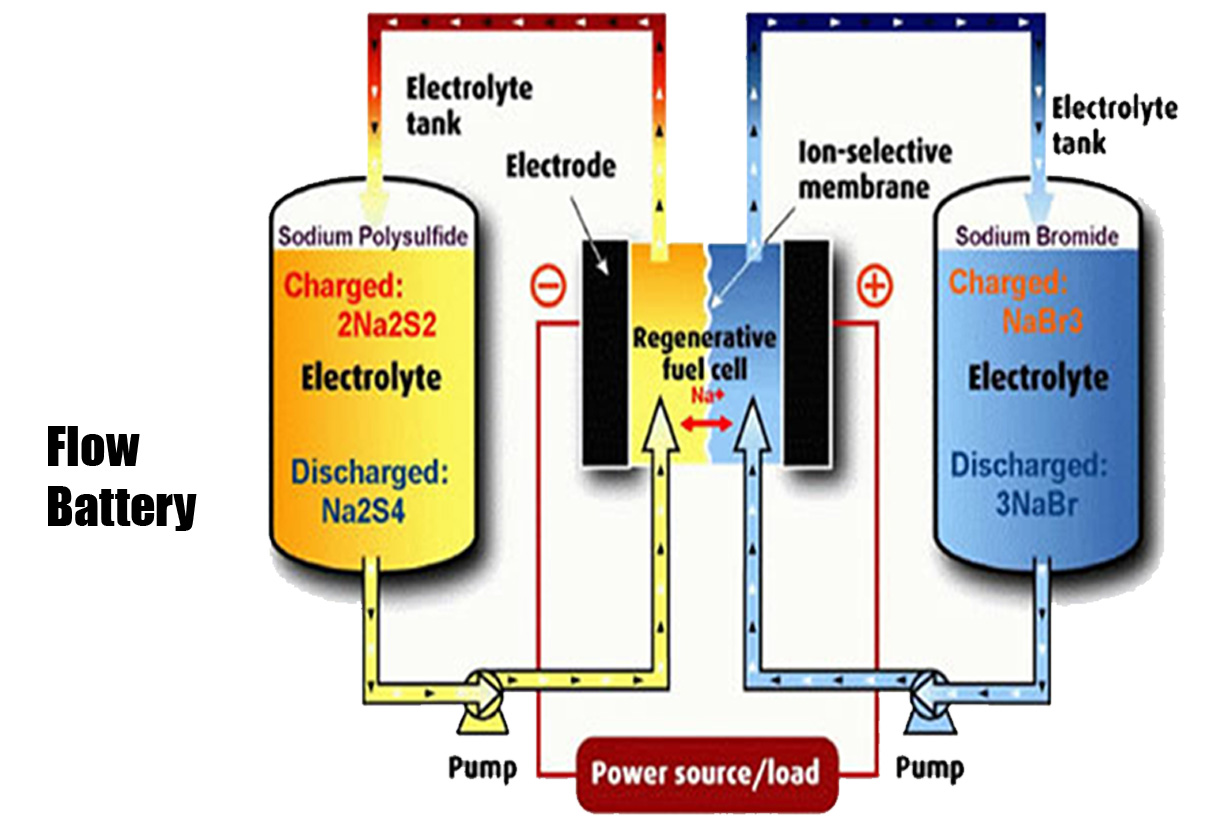 2017 NEC Update - Part 5
2017 NEC Update - Part 5
Energy Storage Systems (ESS)
by Jeff Keljik
Director of Training
Article 706 was added to the 2017 NEC to address the storage of generated power so that it can be used at a later time. It applies to installed energy storage systems that include batteries—both traditional and flow batteries—capacitors, and kinetic storage systems- such as Flywheel Energy Storage Systems (FESS) and Compressed Air Energy Storage (CAES).
The article includes a set of definitions to help determine what is incorporated in the article. In the definitions of Energy Storage Systems (ESS) it is noted that the outputs from these storage systems can be DC or AC and that the system includes the inverters (DC to AC voltage) and the converters (AC to DC voltage). These ESS’s can be self-contained with everything needed for the process in one prebuilt package, or can be built in the field using a engineered design and listed components, and approved by the authority having jurisdiction.
One of the definitions is for a flow battery which is describes as a system “similar to a fuel cell” but also similar to a battery, that stores it active chemical in the form of electrolytes outside the reactor vessel that can move back and forth to store electrical energy or can provide electrical energy depending on the charging or discharging cycle.
As depicted in the diagram, energy can be delivered to the battery cell and the electrical charge is stored in the electrolytes and pumped to the two separate storage chambers as the electrolyte is changed.
As energy is needed from the battery, the electrolytes are pumped back to the cell and the battery discharges the stored energy as the electrolyte gives up the charge.
This delivery of electricity through the chemical reduction/ oxidation process is known as redox. In many ways this is similar to fuel cell production of electricity.
